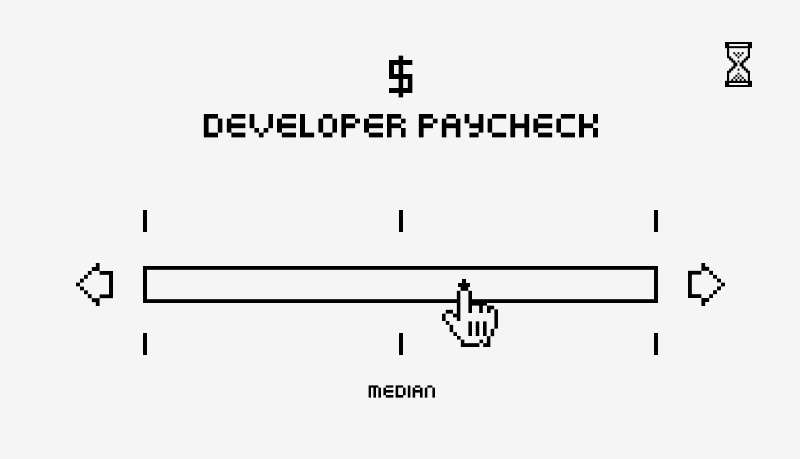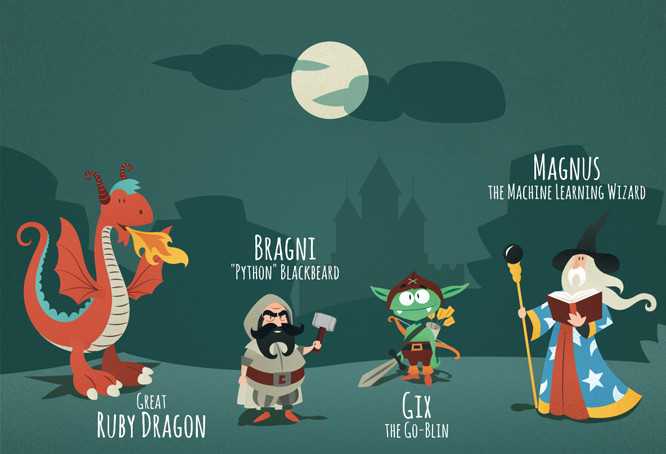Recent Posts of Costs

06 June, 2019
Conferences are the best place to share your passions and get a great booster in trends, knowledge & even hacks. Here is a roundup of developer conferences taking place in 2019 globally.

12 May, 2017
As a software developer, what is the most lucrative opportunity you could be working on? This is a very relevant question to ask. Software skills are generally scarce and good developers are highly coveted. Furthermore, developers are mobile, in the sense that the nature of their trade allows them to work from remote locations quite easily and marketplaces for their services are well established. So which project should you pick?

28 September, 2016
In this edition Google is reportedly planning hybrid devices that run both Android and Chrome, game developers boycott Oculus due to its founder’s support for Donald Trump and Google takes its Daydream SDK out of beta.

21 September, 2016
In this edition, Angular team announces the release of Android Studio 2.2, Oracle confirms rumours of a Java EE 8 delay and Microsoft has been crowned the new king when it comes to open source contributors.

15 September, 2016
In this week’s news roundup. In this edition, Blackstorm raises $33.5m for a ‘post-app store”, Razer launches a new fund for VR and gaming start-ups and Kony releases a new survey on the challenges of wearable development.

29 June, 2016
Welcome to the full rundown of the Developer Economics: Developer Tools Benchmarking (April-May 2016) prize-draw winners. Below you’ll find a table comprised of both the email addresses and countries of all the people that won (the emails are obfuscated for security reasons).

11 March, 2016
How are desktop and cloud development evolving? We’ve prepared an infographic with some key insights that can help you better understand the cloud and desktop developer landscape, based on our recent report focusing on the topic.

15 June, 2015
The gameplay loop is what the player does over and over again. It builds on the fundamental premise that delivering entertainment is hard, but when you get there, it is obvious that you have arrived. You will see it in the smile, in the clenched fist raised in the air, or a loud “damn it!” – quite magical, when it happens.

27 April, 2015
Softeq Development is involved in everything mobile: from business apps, digital imaging and utilities to mobile games, wearable technology, sensor-rich equipment and its remote management. They have built dozens of embedded solutions, web, and mobile applications for such clients as Nike, NVIDIA, Omron, AMD, Atlas Copco, EPSON, Disney Parks and Resorts. T. Our associate author, Alkis Polyrakis, discussed with Softeq’s CEO, Chris Howard.

08 April, 2015
Despite losing in the platform wars, Microsoft’s developer ecosystem is still strong and they’re not showing much sign of wanting to give up their tools. The latest Developer Economics survey showed that 38% of mobile developers were using C# for some of their work and 16% use it as their main language. Those developers are not all focused on Microsoft platforms by a long way. So what are they doing?